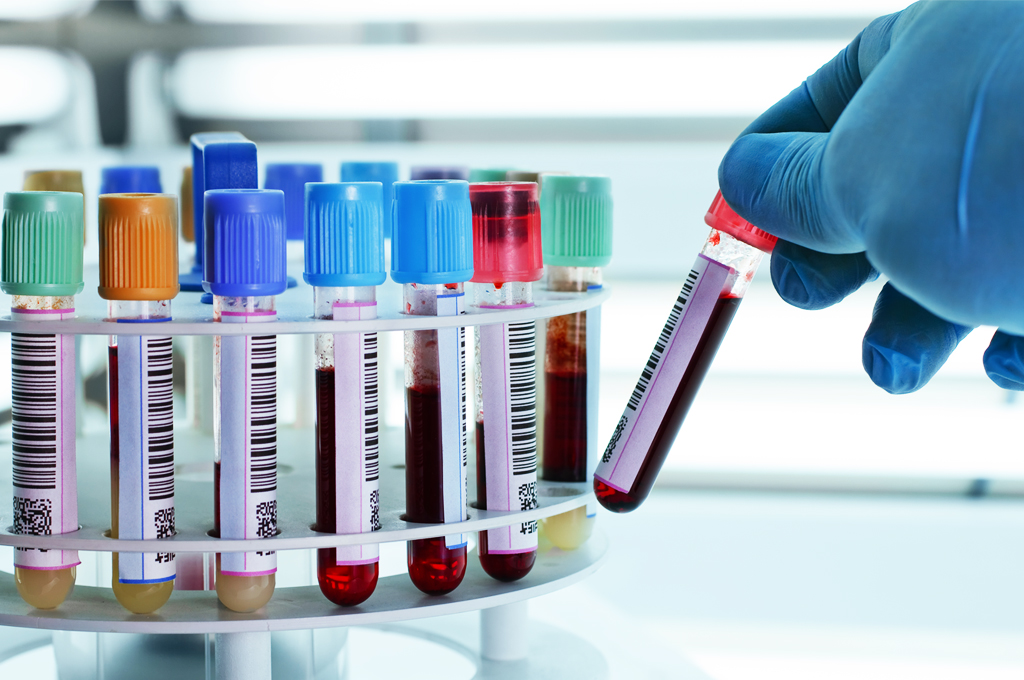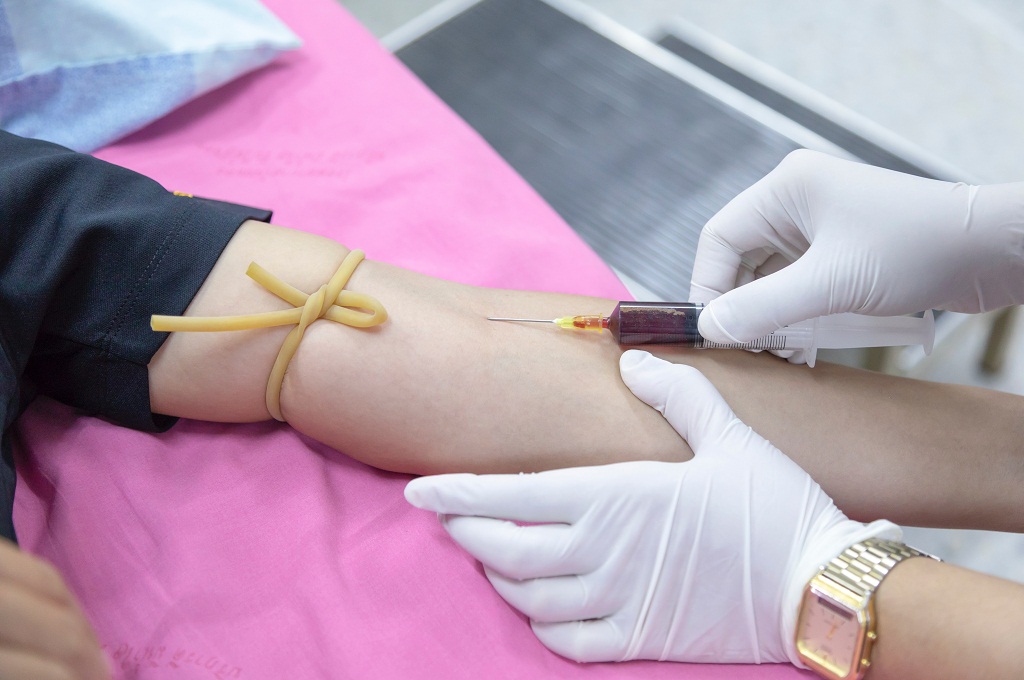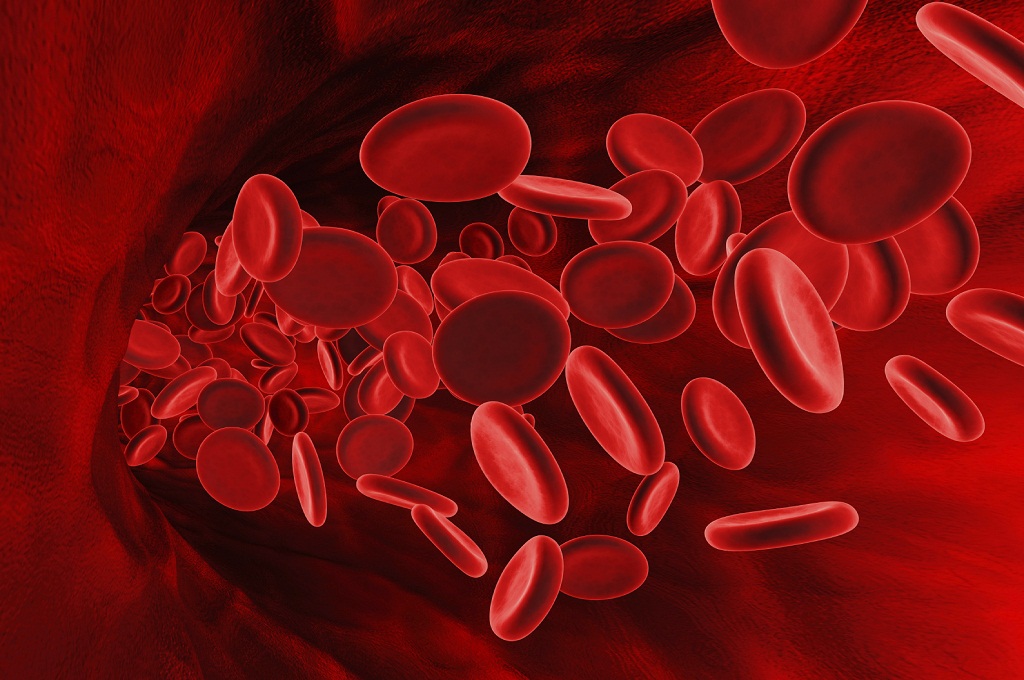Hemolytic Anemia : Symptoms, Types and Treatment
Hemolytic Anemia is a condition in which red blood cells are prematurely destructed than they can be produced by bone marrow. When you have anemia, your blood can’t bring enough oxygen to all of your tissues and organs. Without enough oxygen, your body can’t function just as it should.
Symptoms of Hemolytic Anemia
1. Enlarged Spleen
The spleen is an organ situated on the left half of the gut. The fundamental work of the spleen is to filter the blood. When abnormal red blood cells travel through the spleen, they can get caught and broken down. Which makes the spleen enlargen in size.
2. Jaundice
When the red blood cells break down, a portion of the cell substance changed into bilirubin. Bilirubin typically goes through the liver. It is then discharged as bile through the intestines. When this procedure is intruded, excess bilirubin stains other body tissues yellow. Fatty tissues like skin, eye tissue and veins are generally influenced. Jaundice happens on account of the expansion in bilirubin.
3. Vomiting and diarrhea
4. Tiredness and Dizziness
Types of Hemolytic Anemia
1. Enzyme Deficiency
The red platelets are missing the loss of an enzyme that causes them to live. Without the enzyme named Pyruvate Kinase, the red blood cells breakdown, causing Hemolytic Anemia.
2. Hemoglobin Disease (Sickle Cell Anemia)
Sickle cell anemia is an inherited, acquired disease. In this, the body makes unusual hemoglobin. This makes the red blood cells have a sickle shape. Sickle cells don’t last going as healthy red blood cells.

3. Membrane Disorder (Spherocytosis or Elliptocytosis)
In this condition, a deformity in the surface membrane of red platelets makes them attain different shape. It could be of a circle, or ball-like (Spherocytosis) otherwise oval shape (Elliptocytosis). These platelets have a life expectancy that is shorter than typical.
How is Hemolytic Anemia Diagnosed
The diagnosis of hemolytic anemia depends on therapeutic history, physical examination and tests, depending upon the reason. Basic tests may incorporate blood tests that inspect the level of paleness and red blood cells created by the bone marrow. Tests to find the capacity of different organs and search for an inherited cause for hemolytic anemia. Urine testing is also normal. In an unusual cause, testing of the bone marrow might be important.

Treatment
1. Individuals with progressively serious types of thalassemia repeated blood transfusions. Some might be a possibility for a bone marrow transplant.
2. Sickle Cell Anemia may be treated with blood transfusions, folic acid supplements, antibiotics and a drug named hydroxyurea.
3. When hemolytic anemia is caused by a hyperactive immune system, treatment with steroids, resistant globulin or different prescriptions that stifle the insusceptible the immune system might be vital.
4. Since the spleen is a common site of red blood cells obliteration in hemolytic anemia. Removal of the spleen might be required in perpetual hemolytic anemia related with longstanding indications.
Jan 24, 2019 4 comments









